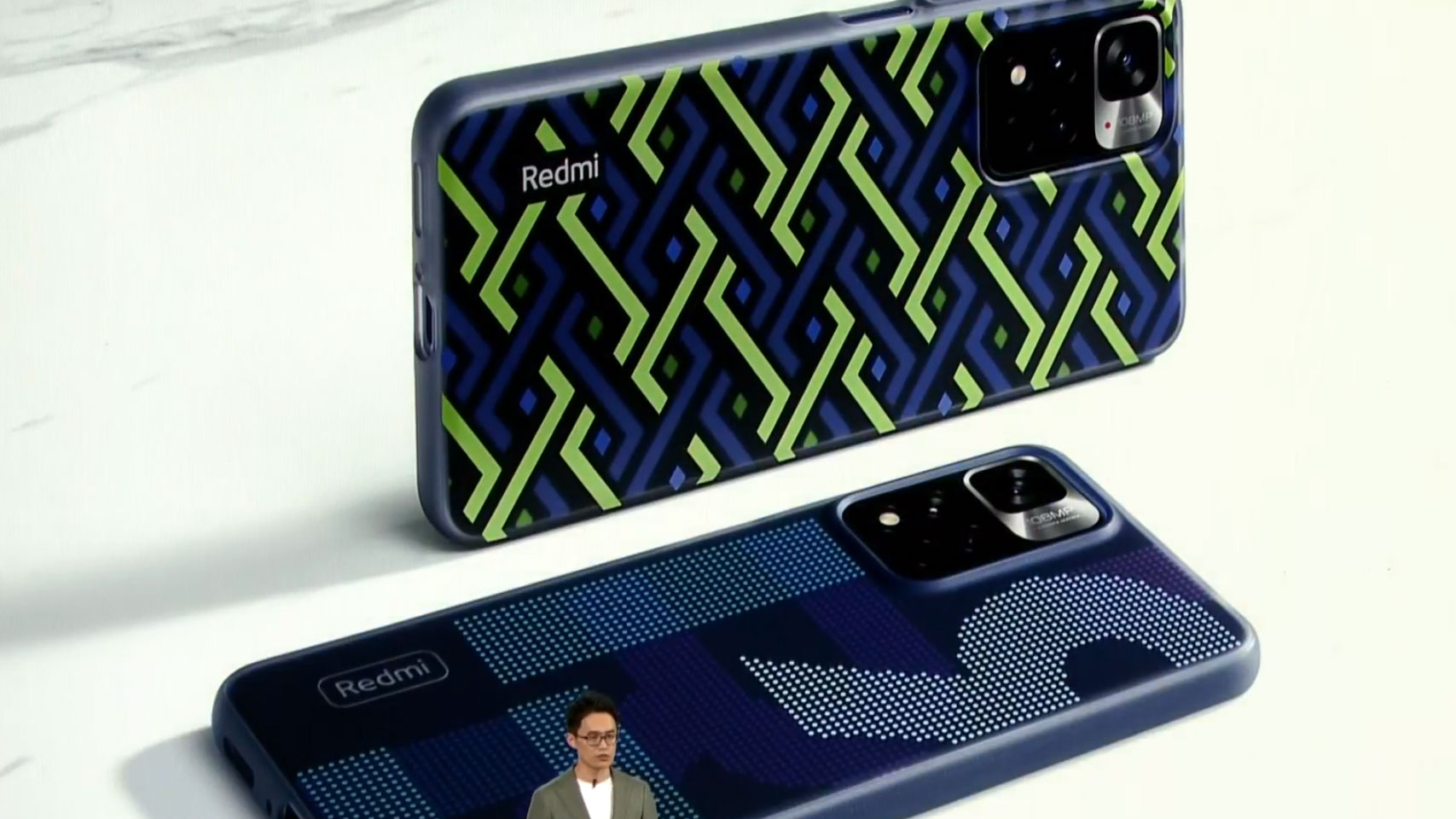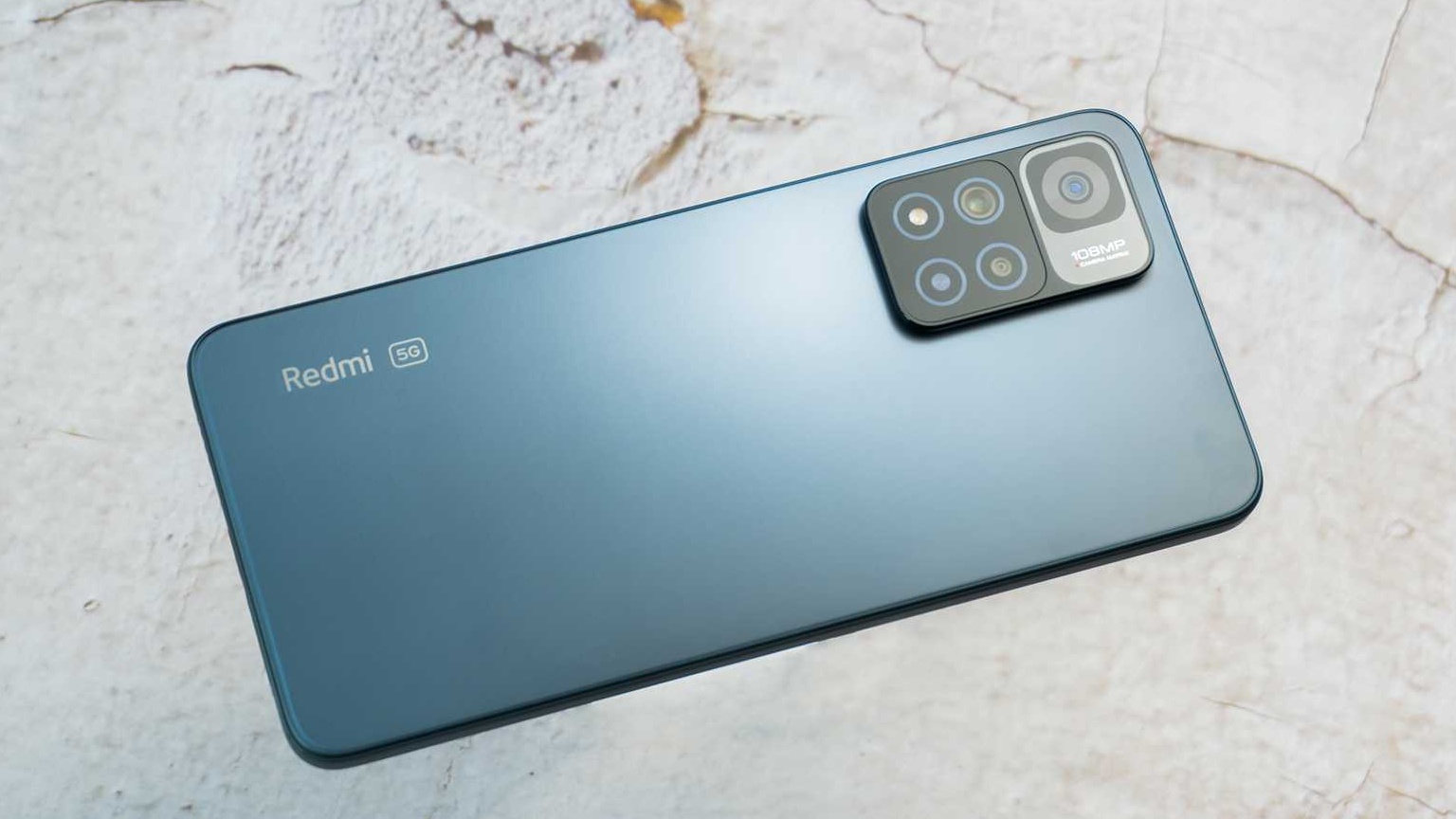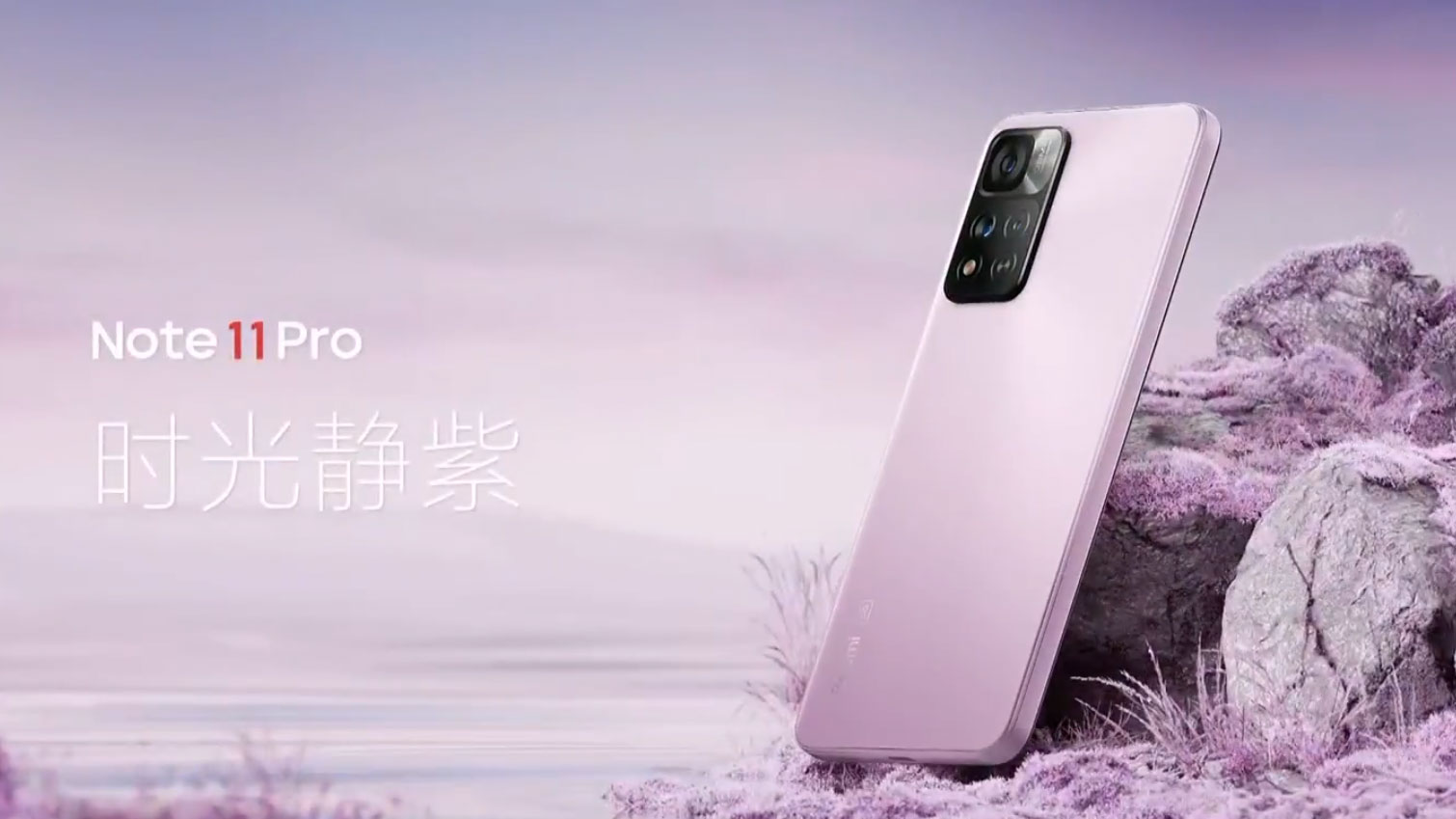One of the last Xiaomi phones we saw launched in 2021 was the Redmi Note 11, which debuted in China in October alongside a Pro and Pro Plus version.
Later the phones launched in November in India, albeit as the Redmi Note 11T family, but they were the same apart from the name. And soon, we're expecting the mobiles to make the journey over to Europe and possibly Australia too.
The Redmi devices aren't the big flashy mobiles Xiaomi is known for - the Xiaomi 12 is the latest premium mobile that's taking the world by storm at the moment - but the devices are affordable and dependable handsets that are incredibly popular thanks to their large screens and often-impressive specs.
When they launch, the Redmi Note 11 phones could continue that trend, as they have some impressive aspects like their big batteries, fast charging and high-res cameras.
It's not definite that they will come out worldwide, but if they do, here's what you can expect from them.
Release date and price

After being launched in China in October 2021 and India in November that year (as the Note 11T), we're hoping the Redmi Note 11 family launches in the rest of the world at some point in 2022, but there's no confirmation of this just yet.
The lack of official comment on the matter might make a global launch unlikely, but precedent would suggest otherwise: Xiaomi typically staggers the release of Redmi phones.
We wouldn't expect the Redmi Note 11 Pro Plus to launch globally though - this kind of top-top phone doesn't always see the light of day in other regions. The India launch didn't bring an equivalent, for example.
So how much could the Redmi phones cost? Well, we can look at older models for an idea. The Redmi Note 10 5G cost $250 / £209 (around AU$380) for its 128GB model (it actually had a 64GB version too, but the Note 11 doesn't, so it's not a good point of comparison).
The cost of the Redmi Note 10 Pro meanwhile was $299 / £269 (roughly AU$390) for 6GB of RAM and 128GB of storage, so we could see the Note 11 Pro go for around this much.
Design and display

If the Redmi Note 11 has one weak point, it could be the display: it's a 6.6-inch LCD screen with a 1080 x 2400 resolution and a 90Hz refresh rate. The LCD tech and relatively low refresh rate compared to lots of contemporaries, could put potential buyers off the phone.
That's not the case with the Note 11 Pro and Pro Plus though with their 6.67-inch, Super AMOLED displays, which have the same resolution as the Note 11 but 120Hz refresh rates. They also support HDR10 and have a high max brightness of 1200 nits, so in almost all regards, the screens look better than the one on the standard device.
Aside from the displays, the three Redmi Note 11 phones look near-identical. They have an interesting design change from previous Redmi phones in that the edges are completely flat, like on recent iPhones but unlike most other smartphones on the market.
The design similarities are most noticeable on the camera bump, as all three devices have the same-looking module with one large and three small lenses - while the standard Note 11 actually only has two smaller lenses, you wouldn't be able to tell to look at it, with a dark spot that looks like a lens from a distance.
All the phones are IP53 rated against dust and moisture, and they all have a side-mounted fingerprint scanner for unlocking the device.
The Redmi Note 11 comes in black, blue or green, and while the Pro and Pro Plus also get a purple option, the top-end model doesn't come in blue.
Cameras and battery life

In what is quickly becoming a theme for the Redmi Note 11 family, the base device offers quite a different package compared to the Pro and Pro Plus models, and that's the case with the cameras as well as the display.
The Redmi Note 11 has a 50MP main camera joined by an 8MP ultra-wide, and that's it - there are only two rear cameras. While that might not seem like a lot, Redmi phones (and other budget mobiles for that matter) often get lumped with 2MP depth-sensing or macro snappers that don't do much, so we don't imagine the Note 11 will present a camera downgrade over its predecessors despite having fewer lenses.
The Redmi Note 11 Pro and Pro Plus get better snappers though, with a 108MP main camera joined by the same 8MP ultra-wide, and also a 2MP telemacro camera. That lens is slightly different to a typical macro one, and we saw it used in a few 2021 Xiaomi phones, though it was previously paired with a 5MP sensor.
This lens is great at taking close-up pictures of small objects, like plants or tiny items of food.
All three phones have a 16MP front-facing camera for selfies, which is housed in a 'punch-hole' cut-out at the center-top of the display.
Now onto the batteries, and this is one of the few instances where the Pro and Pro Plus have different specs.
The standard Redmi Note 11 has a big 5,000mAh power pack, but it only charges at 33W, which is a little slow compared to competing budget phones and the other Note 11s.
The Note 11 Pro gets an even larger 5,160mAh battery, which is one of the biggest we've seen in a Redmi phone, and its powering speed is pretty nifty too at 67W. But the real charging beast is the Note 11 Pro Plus, with 120W powering, and Xiaomi says this will power the battery in just 15 minutes.
The downside? The battery is smaller as a result, at just 4,500mAh, so it likely won't last quite as long as the Note 11 Pro.
Performance, specs and software

All three Xiaomi Redmi Note 11 phones use chipsets from MediaTek, not Qualcomm - the latter company is the biggest processor maker for smartphones, and previous Redmi devices have used its tech, but not the new ones.
The Note 11 uses the Dimensity 810, while the Note 11 Pro and Pro Plus use the Dimensity 920 - they're all mid-rangers, and while we've not tested the 810, we've used the 920.
In our experience, it was totally fit for purpose, though not quite the most powerful chip in the whole wide world. Saying that, these are budget phones, so middling processing power is still great, though we'll have to test them out to be sure.
In China, each phone has 6GB or 8GB of RAM and 128GB or 256GB of storage (the Note 11 also has a 4GB of RAM option, but only with 128GB of storage). Redmi doesn't always offer exactly the same configurations between regions though, so we'll wait to see what models launch in different regions.
When the Redmi Note 11 family debuted in China, they used Android 11, as the newer Android 12 wasn't really being used at that point. In 2022, we've seen a fair few mobiles launch with the newest build of Google's operating system, so when they get global launches it's possible they'll get it too.
They'll also have MIUI laid over the top - that's Xiaomi's Android fork, and we've previously liked the wide range of customization features it offers, but found it a little buggy too.
At the Redmi Note 11 launch, the brand made a point to highlight that the speakers were tuned by audio brand Harman Kardon, which should make audio sound great played out loud. There's also a 3.5mm headphone jack if you prefer your music played through wired headphones, and of course Bluetooth is a feature for people who want to use wireless cans.
from TechRadar - All the latest technology news https://ift.tt/3rlXkj4

0 coment�rios: